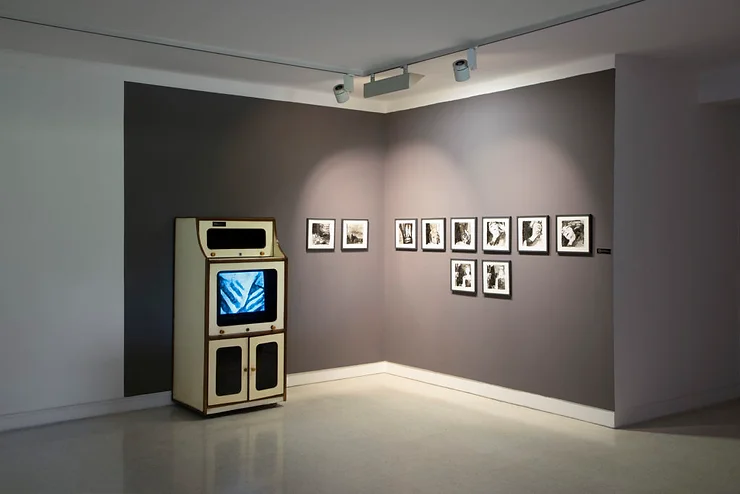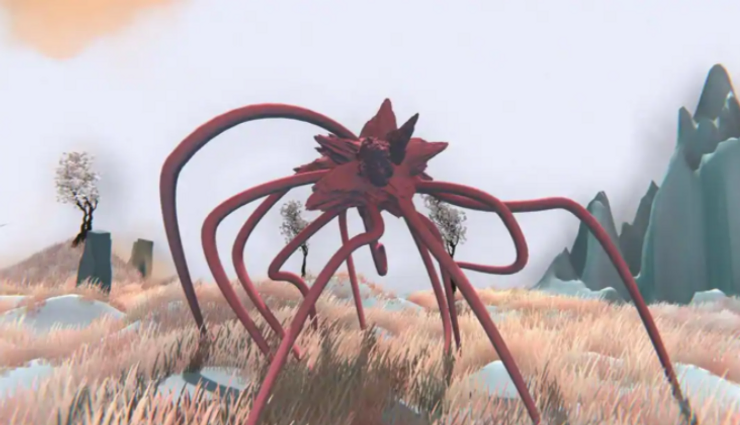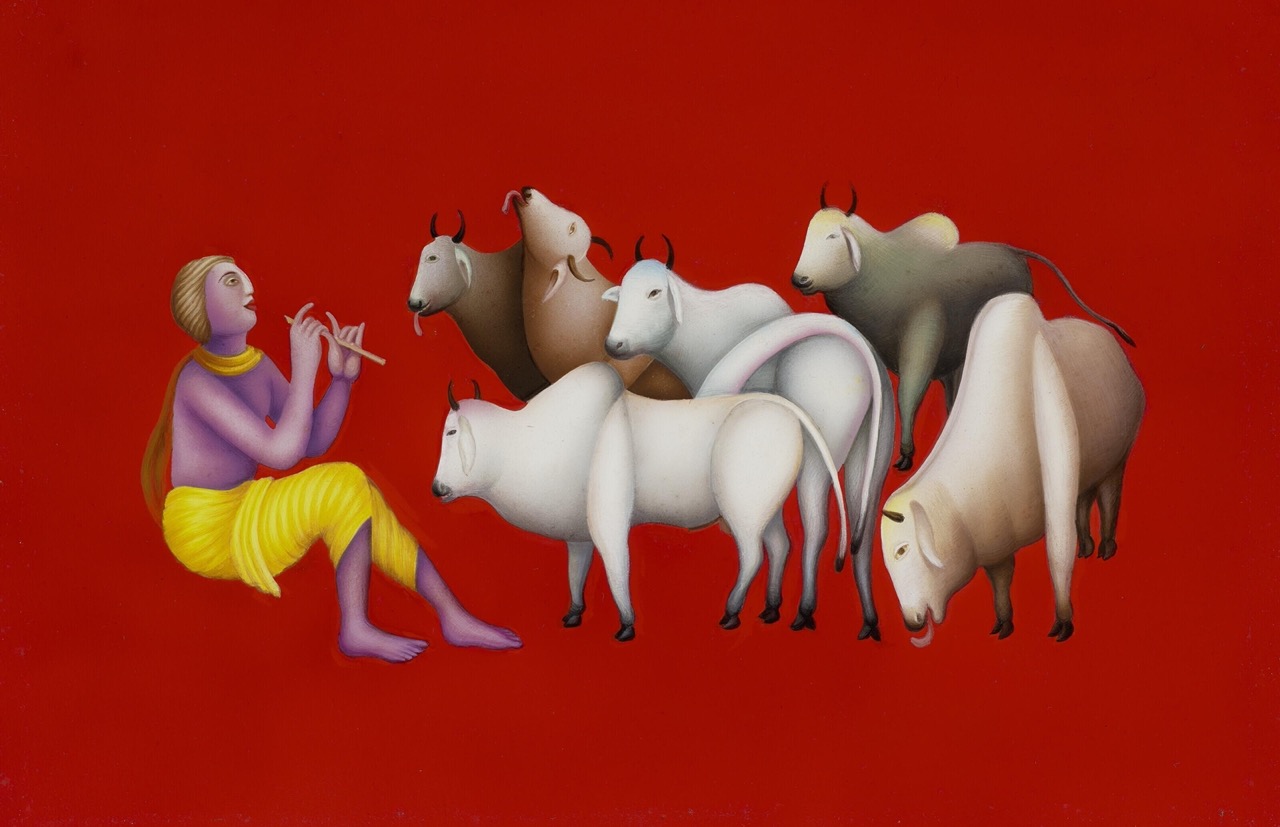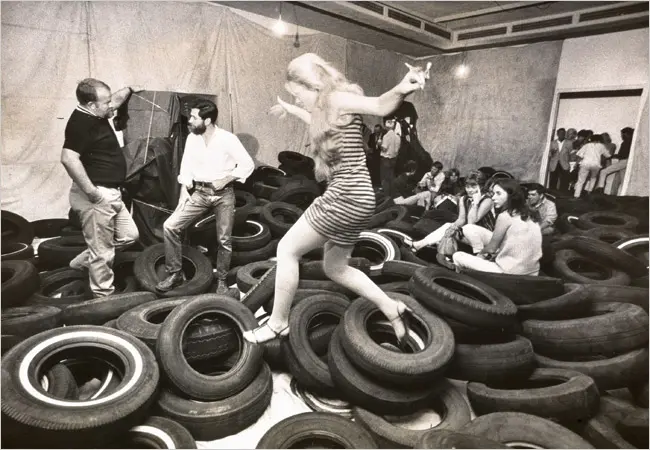
“The future of digital art has arrived.”
The past few weeks have seen changes in the artworld and the realm of crypto-currency like never before. The world of crypto-currency had remained exclusive to tech giants, multinational corporations or billionaires who have enough wealth to dabble in the high stakes that crypto-currencies like Bitcoin allows them. With newer and more affordable digital spaces accepting other crypto-currencies such as Ethereum or Ether, a new demographic of users have entered the chat.
Digital artworks that were once shared and uploaded on apps like Instagram and Facebook and catalogued on community websites such as Behance and Pinterest are now finding a place in a new kind of market – Nifty Gateways, a premiere marketplace for digital assets one can own. These digital assets or artworks are now being minted as NFTs or Non Fungible Tokens that are being sold for millions, turning artists into celebrities and millionaires overnight!
Consequently, Non-Fungible Tokens have given way to a new breed of artists, collectors and digital platforms that are cashing in on a growing trend that, dare we say, could be the newest addition to the art history canon.
Non-Fungible Tokens, or NFTs
You might have heard of Bitcoin, the best known cryptocurrency.
Bitcoin is a kind of currency – a “coin” as its name suggests. When its circulation first began, Bitcoin cost a mere $100 or so. But due to its finite supply, it has risen to a whopping $55,000 (when Bitcoin was created, its coder set forth in its source code a limited supply of 21 million bitcoins that can ever be produced). Another quality of Bitcoin is its ever-fluctuating value, so don’t be surprised if the prices scale up or down in the next few days.
A Non-Fungible Token, a Bitcoin-alternative, is a value token that runs on its own blockchain (a kind of digital ledger that records all transactions of cryptocurrency sold in a Bitcoin-like fashion), called Ethereum or Ether. This means that NFTs are exchanged through Ether crypto-currency. Though bitcoins are exchangeable, NFTs are unique, unlimited and are created once the digital asset is mined.
To understand how artworks and NFTs can be used interchangeably, an artwork is minted or transformed into an NFT. This artwork is now a token that can be exchanged and sold in Ethereums. By buying an NFT artwork or token, you are now the owner of this NFT artwork; if the artwork exists physically, you do not own that physical work but rather own the tokenized version of this artwork.
NFTs have gained popularity for the exchange of a particular category of digital assets, such as virtual real estate, sports collectibles, gaming and, most importantly, digital art.
It’s not unknown for investors to spend their fortunes on art – an object that can be passed down as an heirloom to future generations. Similar to stocks, NFTs are not tangible but are now being identified as a form of wealth acquisition.
The Reserve Bank of India, earlier in 2019, alerted all banks to stop dealing in private cryptocurrencies – even going so far as to draft a bill that proposed a 10-year prison sentence for people who sold or dealt with cryptocurrencies like Bitcoin. Fast forward to 2021, “The Cryptocurrency and Regulation of Official Digital Currency Bill” passed earlier this year intends to create a facilitative framework for creating an official digital currency for Indian citizens.

Remember Nyan Cat? The playful, flying, pop-tart-shaped cat meme? It’s creator, Chris Torres, jumped on the bandwagon and sold the “original and authentic” version of this widely exchanged meme for a whopping $590,000. After realising the potential of NFT-sold art on blockchain platforms, he’s working on a larger, one-week-long series of auctions, bringing along our favorite meme friends – Bad Luck Brian, Coughing Cat and Scumbag Steve – for you to add to your cart.
Memes are not the only things being bought with Non-Fungible Tokens. NFTs can be exchanged for more sophisticated works of Artificial Intelligence as well, although making a differentiation between the two in the digital space is entirely personal.
Take Shark Tank investor Mark Cuban for example. He has been openly appreciative of this bustling digital marketplace, having cashed in on NFTs by auctioning many of his digital goods online and recently investing in an NFT digital sports collectible found on the NBA Top Shot website.
While sports and gaming fans are not strangers to exchanging collectables on the internet, what about artists and collectors? Are the latter willing to shell out their millions for artworks that they can’t hang on their walls?

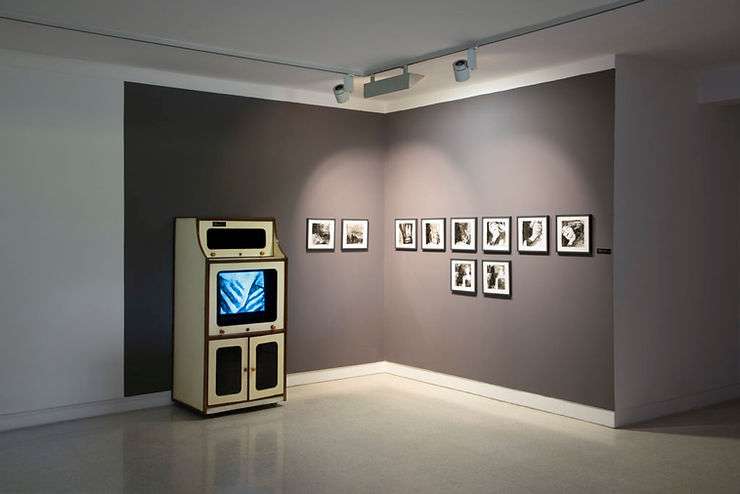
Art Fervour spoke to Harshit Agrawal and Sahej Rahal on what they thought about the digital upsurge that’s been blowing up the internet, its implications on traditional systems of art exchange, and the fairly ignored environmental harm that each exchange can cause. Harshit Agrawal is an Artificial Intelligence artist, Human-Computer Interaction researcher, and the first Indian artist to exhibit his work at the world’s first AI art show “Gradient Descendent” held at Nature Morte.
Sahej Rahal, whose body of work draws upon mythical beings from different cultures, bringing them into dialogue with the present, has exhibited much of his AI work around the globe. His recent work, Bashinda (2020), was commissioned for the upcoming 13th Gwangju Biennale.

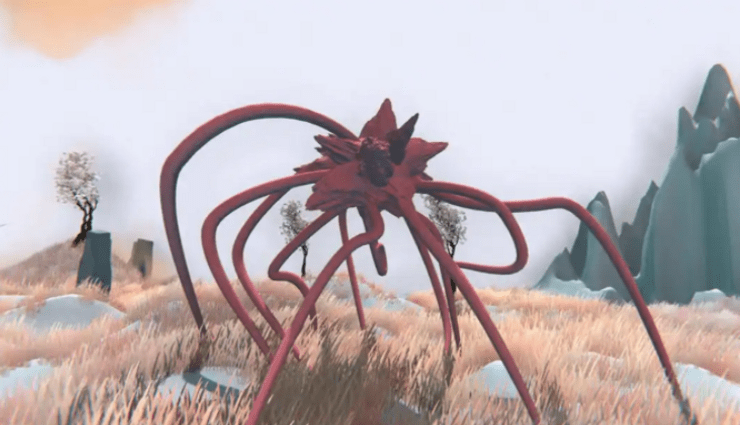
The rise in NFT-collected art has been especially exciting for those who have been shelving their Ethereum for a rainy day. People are finally being able to make use of their crypto investments, and even selling their digitally-bought work for higher profits. Harshit Agrawal informs me:
“I know of people who are genuinely excited by a new wave of artists and the kind of art they are discovering outside the traditional, non-digital gallery system, and are keen to promote these artists, and digital art at large.”
What’s With The Ridiculous Prices?
Grimes, a visual artist and singer (and wife to the futurist Elon Musk himself), recently made $5.9 million in under 20 minutes by selling her crypto-based artwork on the Nifty Gateway. Digital artist Beeple, the rising star of crypto-bought art, sold his work of a mutating Donald Trump titled “Crossroads” for $66,666. This was later resold for a whopping $6 million. Beeple recently made a comment that got us thinking about the intentional creation of NFT art as distinctly separate from art uploaded on Instagram.
“NFT-designed art is immediately distinguishable from Instagram, identifying them as a collectible”, and thus justifying its hefty price.
NFT gateways remove the pain that artists might feel from the promised “free exposure” seen on Instagram. With artists constantly sharing their work in the hopes of securing a deal or being-seen, NFT gateways offer, as an alternative, a way for artists to share their artwork with an intentional monetary return.

Sahej Rahal’s views on the rising trend of NFTs reminded us that its consumption and circulation was no different from other markets online; and apart from digital authenticity, the market and its prices are completely driven by its own novelty, which could mean raining memes, celebrity art or digital collectibles such as the ones Beeple is known for possibly being the only things floating around.
“While I’m not interested in the celebrity art, I think memes actually work in a manner that is counter intuitive to the idea of a rarefied NFT based artwork: they are meant to be shared, ‘to go viral’ and to be remixed and transformed further. You can think of memes being made on a massive collage board that is being added to anonymously by people across the internet. And to create an imposed sense of scarcity through NFTs upon them actually works against their own logic.”
While Sahej has not thought about selling his work through NFTs, Harshit (on the other hand) could not be more excited to establish his Indian aesthetics in the new world of AI Art and NFTs.
Collectors have already shown an interest in his work, and he has already sold 7 of his 9 artworks on curated platforms such as SuperRare, assuring digital artists that navigating the hurdles of starting a crypto-wallet just requires a little help from the platform teams.

Artist vanguard Damien Hirst recently released a new set of 8 cherry-blossom prints titled The Virtues, claiming he’s accepting Bitcoin and Ethereum as payment.
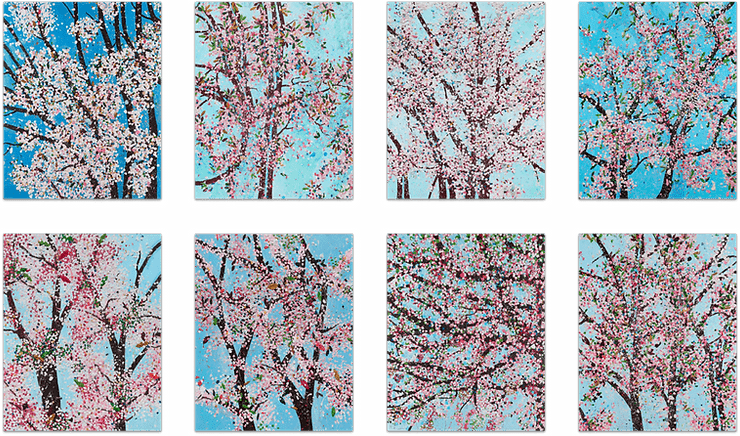
On March 11th 2021, famed auction house Christie’s (the first auction house to sell NFT-valued artwork) sold “Everydays : The First 5000 Days” a collage of digital work made by none other than Beeple, for $69.3 million dollars, making him one of the most valuable artists alive! The digital work was bought by a buyer using the pseudonym “Metakovan”, who is the founder of the world’s largest NFT fund, Metapurse, currently amassing a $120 million worth collection of NFT art over the last several years and displaying his prized possessions in a digital museum for viewers to explore.
The Christie’s auction that began with a bidding price of $100 and no estimate assigned to the work, grew to a high $4 million last Friday. In an accelerated end to the auction yesterday, the bids drove up from $37.5 million till the final hammer call of $60 million. A closer look into the demographics of the sale showed that 64% of the auction participants were in the Gen-Z and Millennial age group. As we watch the world’s most expensive digital art being sold right under our eyes, this points to a much larger shift in the kind of collectors that are emerging in the new age.
Christie’s post-war and contemporary-art department specialist, Noah David, spoke of a drastic shift in what is currently exciting young collectors.
“We’re at this moment in time where there could be a drastic shift—a demographic shift, a generational shift—when it comes to what excites younger collectors”

UCCA Lab, a Beijing-based division of the UCCA Centre for Contemporary Arts, is following step by announcing the world’s first-major institutional crypto-art exhibition on March 26th of this year. Titled Virtual Niche – Have you ever seen memes in the mirror, it features works by over 60 artists, including Mario Klingemann, Robbie Barrat, Pak, Fewocious, and DJ Deadmau5.
With the artworld rolling out their support for new forms of art acquisition, what does this mean for traditional systems of art-purchase and collection?
A recent episode of the popular Art Podcast, “Talk Art” hosted by actor, Russel Tovey and gallerist, Robert Diament speak at length about the implications that open systems like the NFT space can have on traditional systems of art. Their guest, Simon Oldfield, discussed the possibilities of economical-philanthropy in the art world and how this can be seen as beneficial to artists and their collectives that can explore the choices that NFTs allow in directing funds to multiple sources from the start. The efficient and quick use of the money earned from the sale of an artwork can be shared with larger communities and groups who would have otherwise been absent or unable to partake in the earnings. Artists themselves earn a royalty of 10% from every exchange of their NFT art, a feat absent in traditional art settings.
A heated debate
The internet allows us to see more than one side of a coin : with the good comes the bad, the ugly and downright harmful. A concern that has been rising as fast as the prices of artworks is the evident effects that each NFT transaction is having on the environment.
French artist Joanie Lemercier, a popular light and projection artist, swapped the title of ‘artist’ for his current position as a climate activist. He even overturned his own energy use, vowing to reduce his own energy consumption by 10 percent each year, and successfully meeting his goal.
But all it took to reverse years of his hardwork and dedication was his first blockchain upload that sold out in 10 seconds on the Nifty Gateway for thousands of dollars. While that artwork continued to be re-sold elsewhere, it consumed 8.7 megawatts of energy, equivalent to two years of energy use in Lemercier’s studio.

An artists’ multi-edition NFTs have a footprint of 260 MWh, 160 tonnes of CO2 emissions in a year. Picture Credit : Memo Atken Medium
Artists, activists and theorists have crushed the optimism of a growing NFT fandom by reminding us of the environmental costs at which these artworks are being sold. Artist Memo Akten revealed in his recent research into the ecological costs of the crypto-art industry that the carbon footprint of an average, single-edition NFT is equivalent to driving a petrol car for 1,000 km.
Artist Sahej Rahal agrees, expressing his concern over this ignored aspect of NFT art, and spends time educating himself on the side that other artists tend to ignore. Harshit is doing his best to be part of the change and to move to better practices, believing that these implications could prove harmful for a future generation of artists who might see the harms before they get a glimpse of the benefits.
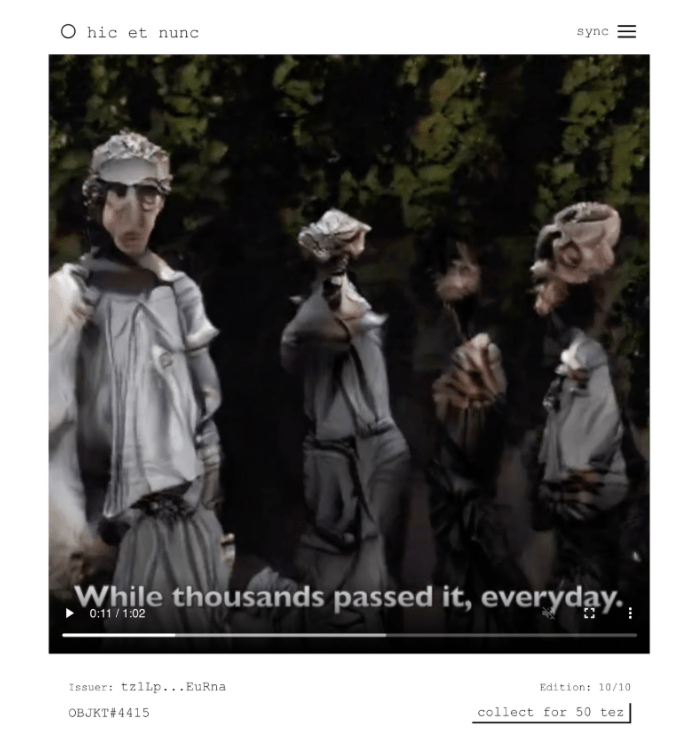
Newly emerging green platforms such as Hic Et Nunc are moving towards more sustainable practices that run on Tezoz blockchain as opposed to the Ether blockchain currently used by most NFT platforms. Highly energy efficient, this blockchain works on Tezoz currency ($XTZ), which is equivalent to a tweet (practically negligible), and is interchangeable to other currencies like Etherum or Bitcoin.
As new solutions to climate problems are currently being built, Hic Et Nunc (which might seem basic with its simple user interface) is providing efficient and effective solutions to environment conscious artists and collectors.

Harshit, a member of Hic Et Nunc, has uploaded his 10-edition video work taken from his poem “Creation”, recently selling his first edition! He has seen his favorite artists, like Mario Klingemaann, congregate in numbers in the NFT and AI space. Hic Et Nunc is a possible alternative to the other energy-hungry gateways. Klingemaan, who joined Agrawal for Gradient Descent, encourages other artists to join the platform to promote a more sustainable alternative to art creation.
Moving towards a new age
The digital world has remained elusive and, for some artists and collectors, touching is believing. The joy of bringing in an artwork and having it hung up on your wall or stored behind doors is a joy that is as titillating as the completion of a new piece. But the options that the digital realm can offer have far-reaching implications.
The new age has brought in ingenious ways to engage with the arts, bringing in innovative methods and systems with which artists and collectors can interact with one another and the art canon at large.
Artists now have more autonomy over who they sell their artwork to and where their work is going; prices are arbitrary and depend on demand with a clever sleight of hand akin to the stock market. With new platforms and multiple spaces to showcase work, the limitedness of curation and space as seen in traditional art spaces are no longer a challenge; and although legitimacy of the artwork might be questionable to seasoned collectors, young collectors are not shying away. One thing that can be assured is a reduction in tampering: with the transparent exchanges and stored providence that blockchains provide, artists and collectors can flip through their digital ledgers and minimise losing crucial documents of ownership.
On the other hand, artists have to be careful that these easily available works are not re-sold as the defaulters own since there remains an easy avenue towards plagiarism.
Recent developments in the NFT space have been a series of stolen artworks, as more and more artists from around the world are complaining that their works are being sold as NFTs without their consent. This becomes even more difficult when anonymous users capitalise on tech-novices who are not well-versed with these platforms, selling plagiarised work for double the price as their own. Though transparent, blockchain technology allows artists to use pseudonyms in place of their legal identification, and tokenizing the artwork does not require it to be physically present with the seller. While auction sites are quick to take down any reported cases, this can leave some artists more vulnerable to digital theft or imitations.
A space for all
While NFTs are being hailed as the newest inclusive space for the arts, Sahej Rahal reminds us that artists have existed in communities before NFTs and will continue to do so. While it is the newest buzzword, the digital space is not so inclusive to artists that work in mediums that prefer to be analogue.
“There are already a lot of spaces online that allow for greater autonomy for artists than NFTs: for example, consider an artist whose work is entirely process-based or engaged with community building. NFTs require a digital ‘product’ that can be quantified and this, in turn, alienates practices that lie outside of this mode of production.”
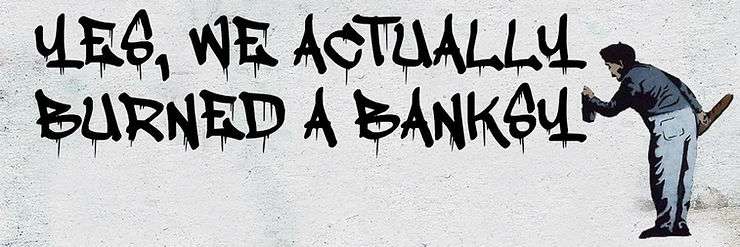
Optimistic about the new role that traditional art systems will play, Harshit Agrawal shares his opinions on the future of the coming-of-age art ecosystem :
“… the roles of the traditional art system – of a curator, gallery etc. – will remain to help a collector make sense of all that is out there. It will likely be new kinds of curators, art critics, etc. who are more immersed in the digital, but whose value cannot be ignored. What is more exciting is the move of a gallery-like space to an online world – thus the audience reach of your work is potentially anyone in the world and not limited-edition by your geographical reach. Since the art being sold is digital, there is no worry that the work needs to be shown in a certain physical setting for its materiality. These are made for digital consumption, thus the experience is not compromised while simultaneously making the art reach many more people.”
The most recent news in the NFT-artworld frenzy has been Sotheby’s entry as the next player in the auction house roster. Sotheby’s announced its latest collaboration with anonymous digital artist Pak for their sale that is scheduled in April. The artwork will include both individual works of art as well as an “open edition” NFT, similar to limited edition physical works, that will allow multiple buyers to purchase tokens for the same work.

Equally advantageous and harmful, Non-Fungible Tokens have broken the internet and no one wants to be left out. Indian audiences may dabble in them with caution as we wait for stronger laws to back our decisions, since the power to purchase and sell NFTs or cryptocurrency can be an obstacle. While NFT authorities have announced a new phase that will implement greener practices in their circulation this July – August, we suggest you stay on the lookout for newer information on the implications of minting tokens. And as we move towards a more energy efficient future, it goes without saying that the next revolution has to be a green, lean, futuristic machine!
Until then, we just have to sit back and watch as the madness floods our screens.
